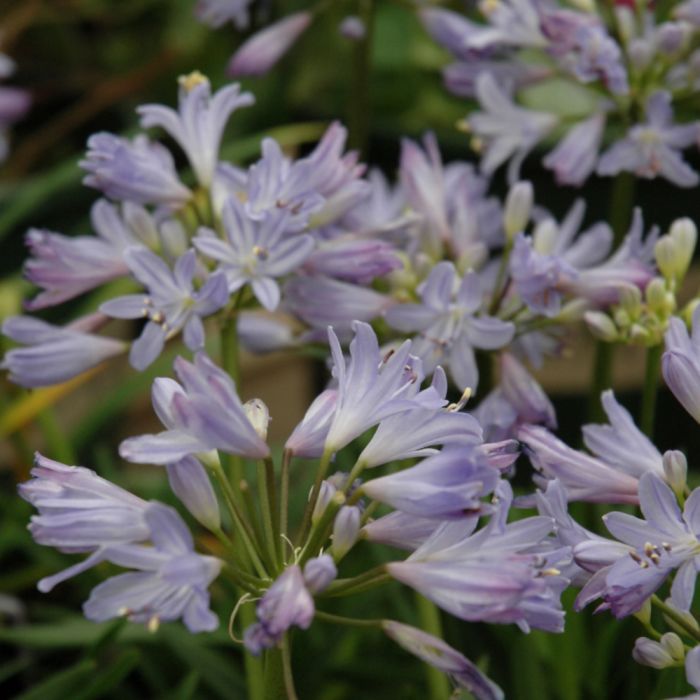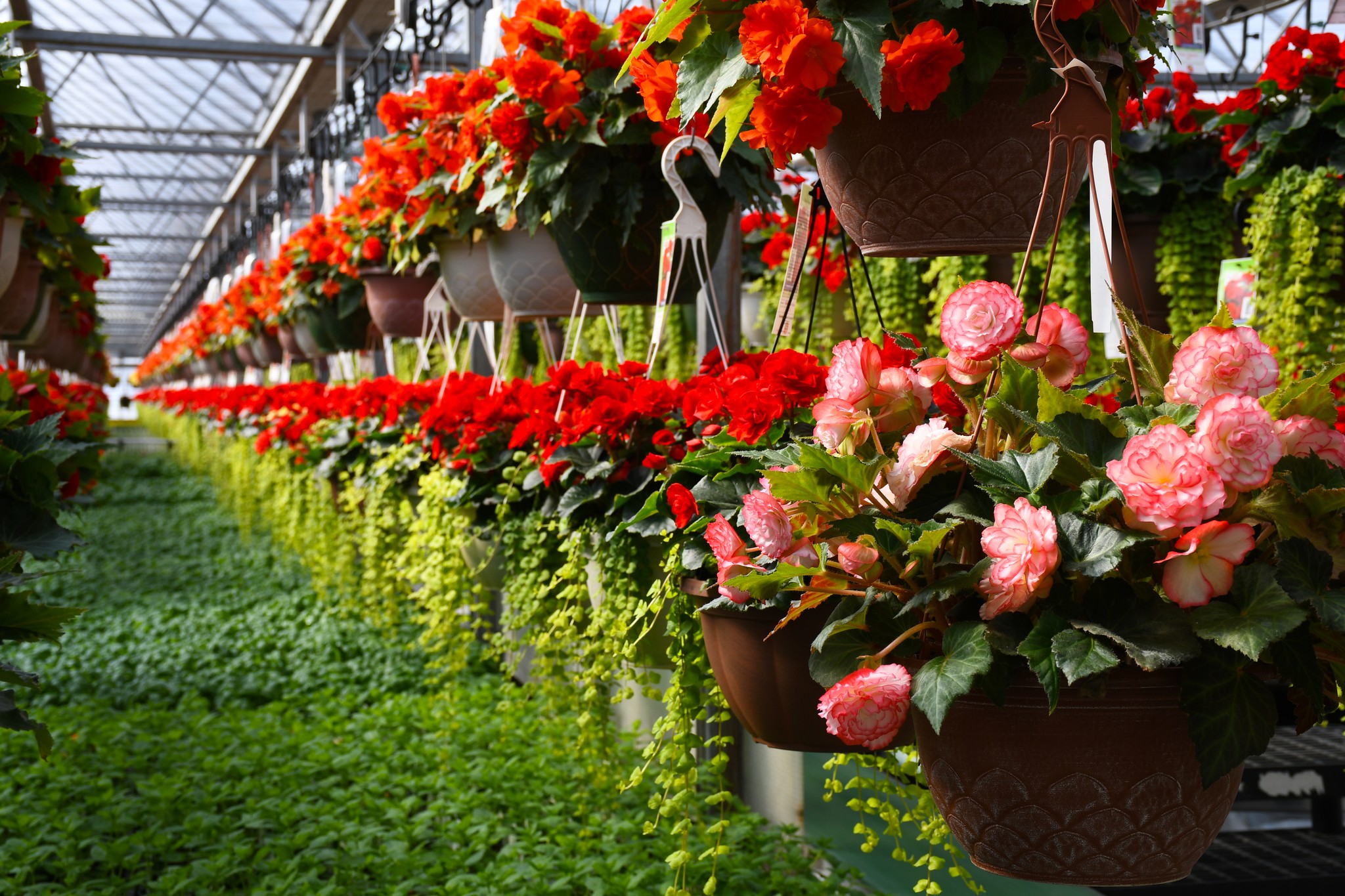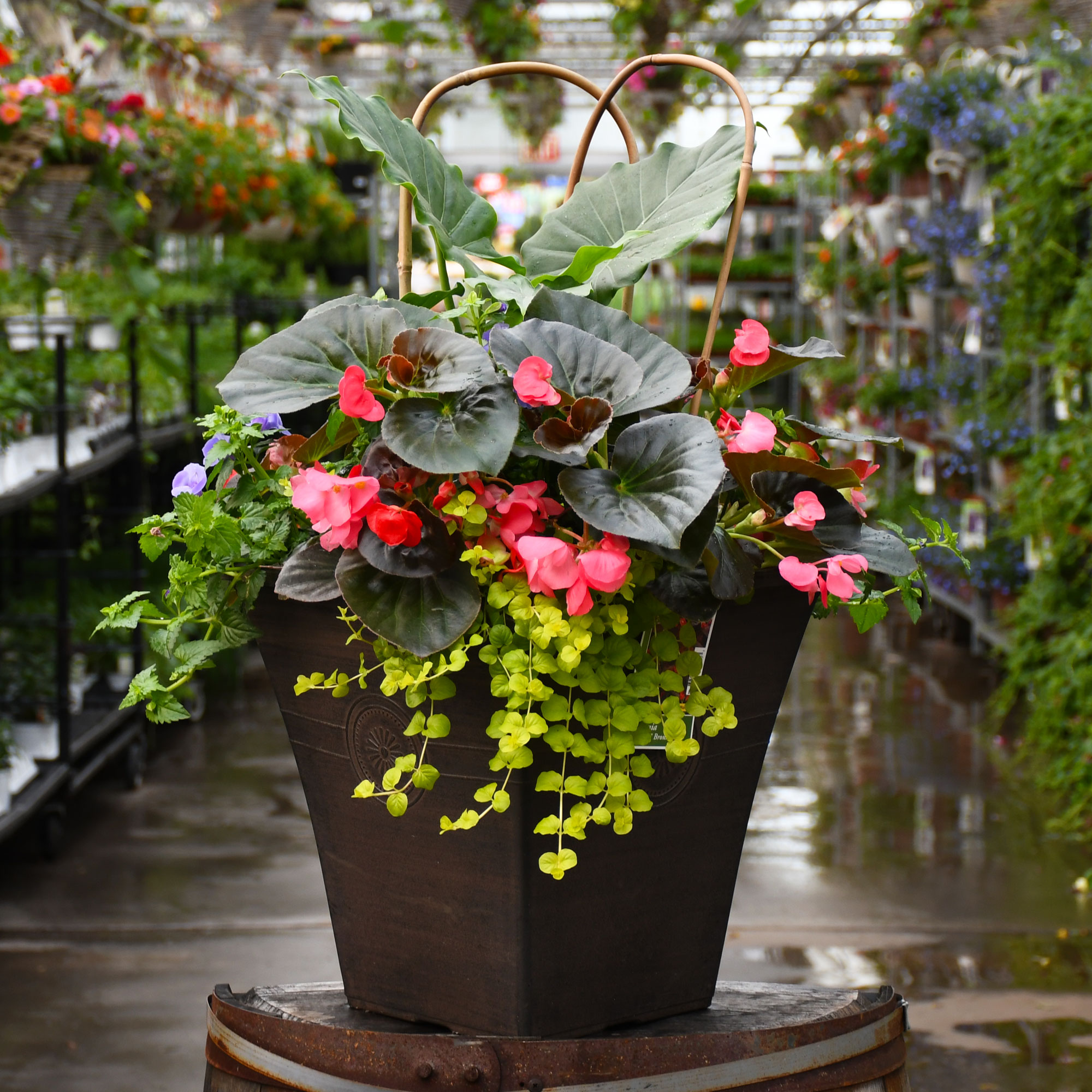Agapanthus (African Lily), Baby Pete


Out of stock
Temporarily Out of StockDescription
This variety produces a mound of luxurious narrow green foliage; long lasting blue flowers with darker blue stripes appear in mid-summer; does not set unsightly seed heads; a perfect accent plant in the garden or massed along borders
Direct from the Grower
When you see the Gerten Grown logo on our annuals, you know you're getting a fresh plant directly from our greenhouse. We've been perfecting our growing process for over four generations and pride ourselves on providing local quality and freshness to our customers. Better pricing on better quality plant material, that's Gerten Grown.
Details
Baby Pete Agapanthus | Agapanthus praecox 'Benfran'
Hardiness Zone: (annual)
Other Names: Lily of the Nile, African Lily
Description:
This variety produces a mound of luxurious narrow green foliage; long lasting blue flowers with darker blue stripes appear in mid-summer; does not set unsightly seed heads; a perfect accent plant in the garden or massed along borders
Ornamental Features
Baby Pete Agapanthus features bold clusters of blue trumpet-shaped flowers with lavender overtones and royal blue stripes rising above the foliage from early to mid summer. The flowers are excellent for cutting. Its narrow leaves remain dark green in color throughout the season.
Landscape Attributes
Baby Pete Agapanthus is an herbaceous annual with a rigidly upright and towering form. Its medium texture blends into the garden, but can always be balanced by a couple of finer or coarser plants for an effective composition.
This plant will require occasional maintenance and upkeep, and is best cleaned up in early spring before it resumes active growth for the season. It is a good choice for attracting bees and butterflies to your yard. It has no significant negative characteristics.
Baby Pete Agapanthus is recommended for the following landscape applications;
- Accent
- Mass Planting
- General Garden Use
- Container Planting
Planting & Growing
Baby Pete Agapanthus will grow to be about 14 inches tall at maturity extending to 22 inches tall with the flowers, with a spread of 18 inches. Although it's not a true annual, this plant can be expected to behave as an annual in our climate if left outdoors over the winter, usually needing replacement the following year. As such, gardeners should take into consideration that it will perform differently than it would in its native habitat.
This plant does best in full sun to partial shade. It prefers to grow in average to moist conditions, and shouldn't be allowed to dry out. It is not particular as to soil type or pH. It is somewhat tolerant of urban pollution. This is a selected variety of a species not originally from North America. It can be propagated by division; however, as a cultivated variety, be aware that it may be subject to certain restrictions or prohibitions on propagation.
Baby Pete Agapanthus is a fine choice for the garden, but it is also a good selection for planting in outdoor pots and containers. With its upright habit of growth, it is best suited for use as a 'thriller' in the 'spiller-thriller-filler' container combination; plant it near the center of the pot, surrounded by smaller plants and those that spill over the edges. Note that when growing plants in outdoor containers and baskets, they may require more frequent waterings than they would in the yard or garden.
More Information
| Plant Life Cycle | Annual |
|---|


